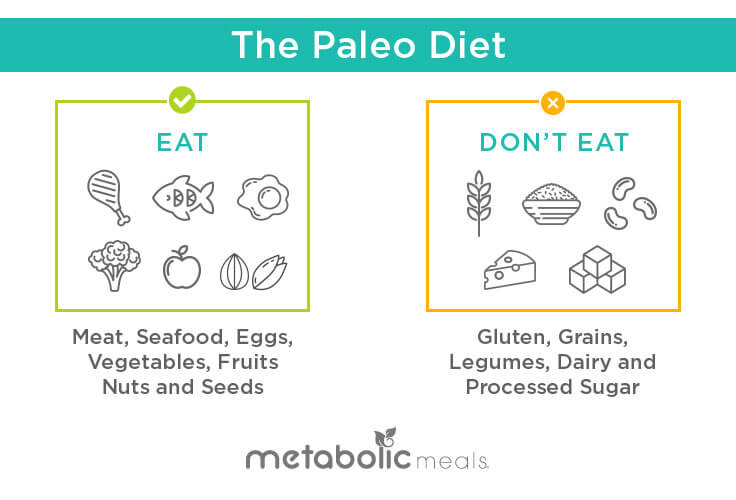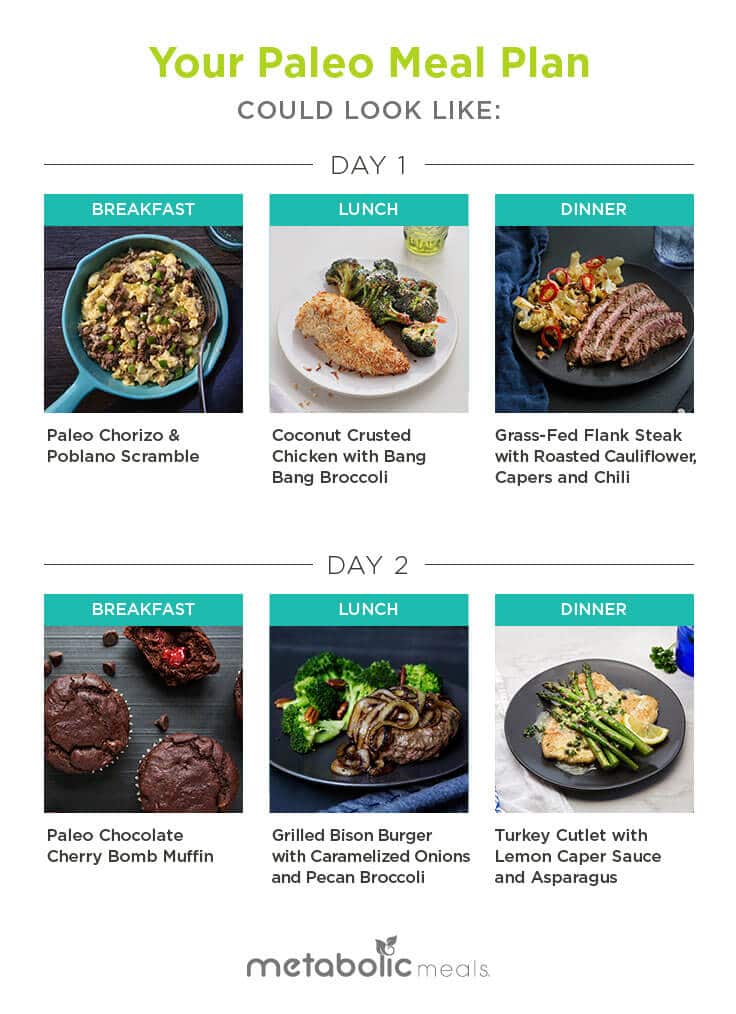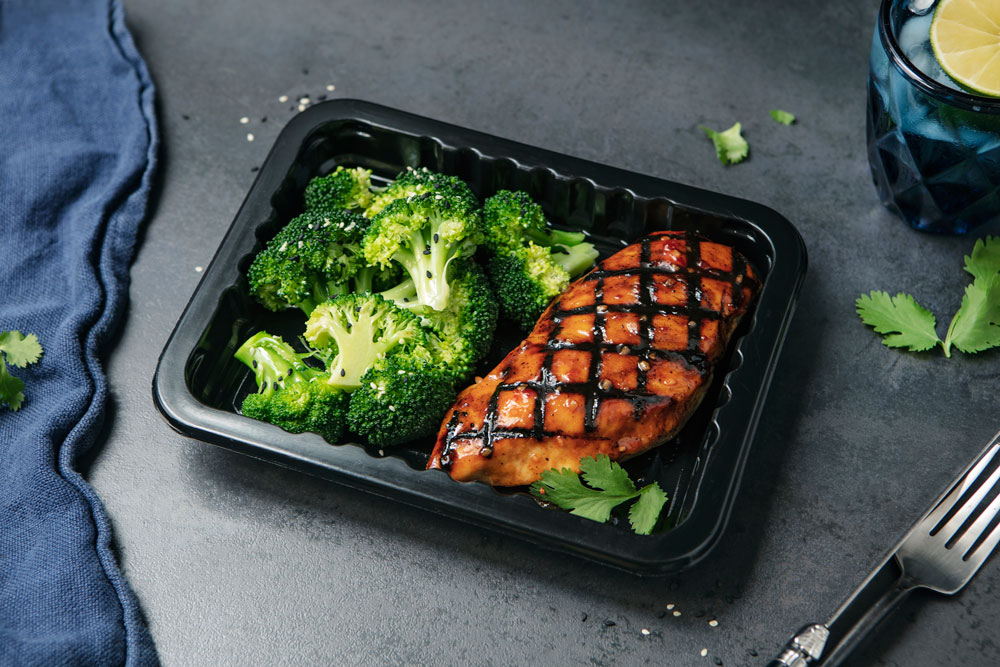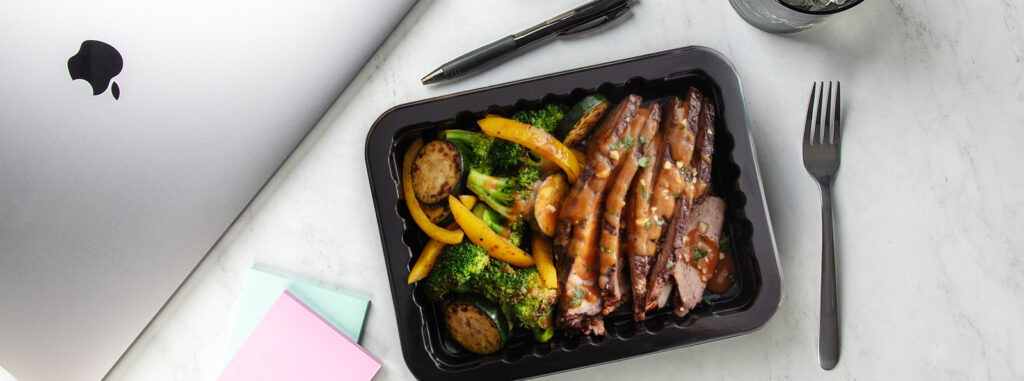It took several millennia of evolution for our bodies to become as efficient as they are at burning fuel. Today, though, much of what we feed our bodies never existed until relatively recently. A lot of it simply doesn’t match the nutritional profile our bodies have been primed to utilize.
The paleo diet, or primal diet, is a return to the foods our hunter-gatherer ancestors relied on for so long: meats, seafood, fruits, and veggies, all provided directly by nature. We might not have to hunt and gather every meal anymore, but our bodies are still optimized for movement and activity. Paleo foods fuel that activity without extra elements that bog your body down.
The biggest challenge for many people, though, isn’t deciding to eat better, but rather finding the time to do so. Processed foods were made for convenience. But even though they’re the more natural choice, foods that fit the paleo plan aren’t always as easy to find and prepare. In some modern ways, the diet still requires hunting for the best sources of food.
Is Paleo Dieting a Good Idea?
Before choosing to go paleo, you should first decide whether it’s worth it. Having evolved from our ancestors’ lifestyles, a paleo diet can still help you live by your genetic code, which can improve weight loss, blood sugar levels, blood pressure, and much more.
Because this formula focuses more on what you eat than on tailoring your macronutrients, paleo dieting also means you don’t have to meticulously track your macro intake. Every meal will naturally be proportioned, about 40 percent of both healthy fats and protein and 20 percent from carbs. However, you can choose exactly what you eat to create a ratio that’s more conducive to weight loss, muscle gain, or other specific goals.
For example, the U.S. Department of Agriculture suggests men should consume about 56 grams of protein every day and recommends women consume about 46 grams. Most paleo meals are built around protein sources like 4-ounce servings of grilled chicken, which contains 36 grams of protein, or grass-fed bison, which contains 29 grams. If you’re an athlete or are training heavily, then you can add certain carb-heavy, energy-rich foods that aren’t Paleolithic, such as pasta and wild rice.
While the paleo diet helps you save time by eliminating the need to count every macronutrient, it does require turning your back on the foods that are easiest, cheapest, and fastest to eat. If it’s packaged in a box or bag, processed and stuffed with preservatives, or heavy in refined carbs, then it shouldn’t exist in your paleo meal plan. That means no grains, no dairy, and no legumes, which is why preparing the right foods remains a significant challenge in the paleo diet.
Primal Dieting Meets Pre-Made Meals
Any healthful meal plan requires preparation. The point of Metabolic Meals is to help you stick to your plan by preparing it for you. For instance, paleo-approved meals are free of gluten, grains, legumes, dairy, and processed sugars. All of our meals are gluten-free, and you can filter out the rest from your meals using our My Choice Plan.
Best of all, our experienced chefs can create a wide variety of meals that fit the criteria to provide a broader menu than many people realize is possible. For instance, a two-day paleo meal plan might look something like this:
To ensure our pre-made paleo meals are of the highest quality, we work closely with trusted farms for fresh, organically grown foods that are free from artificial and genetically modified ingredients. Your paleo meals will always come straight from the Earth, but thanks to modern meal prep and delivery, you don’t have to spend an age finding and preparing them.









